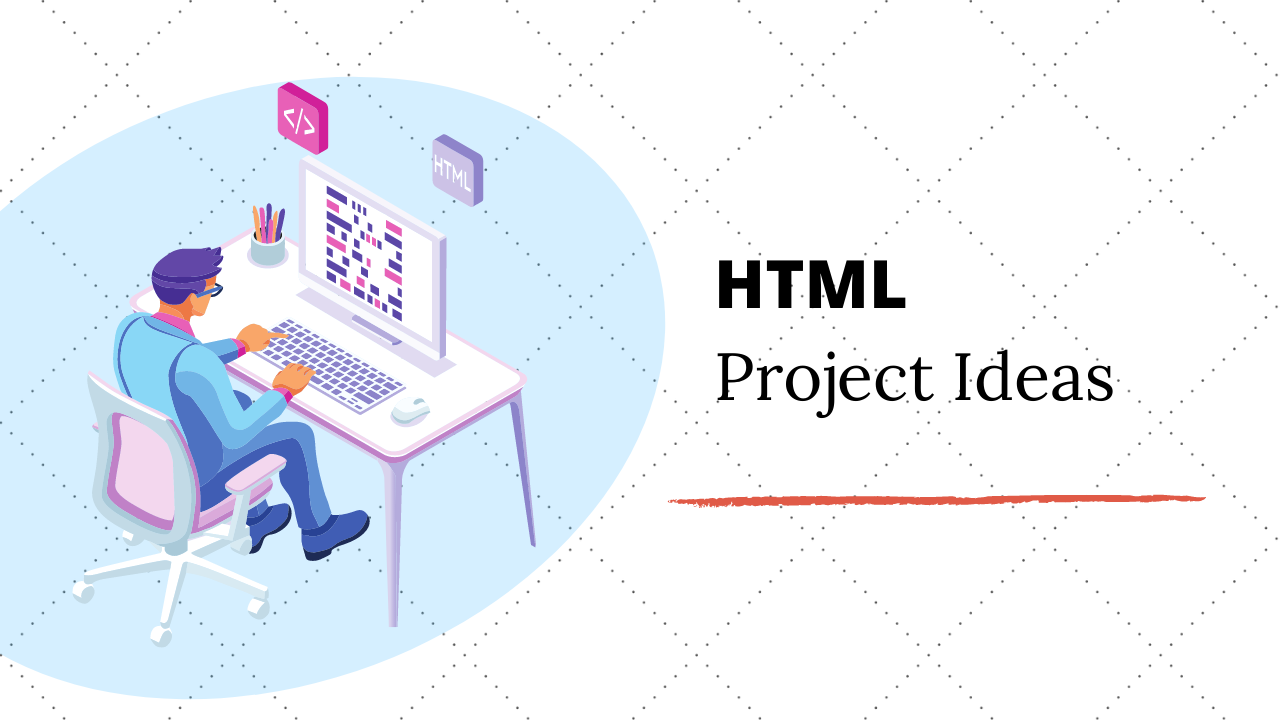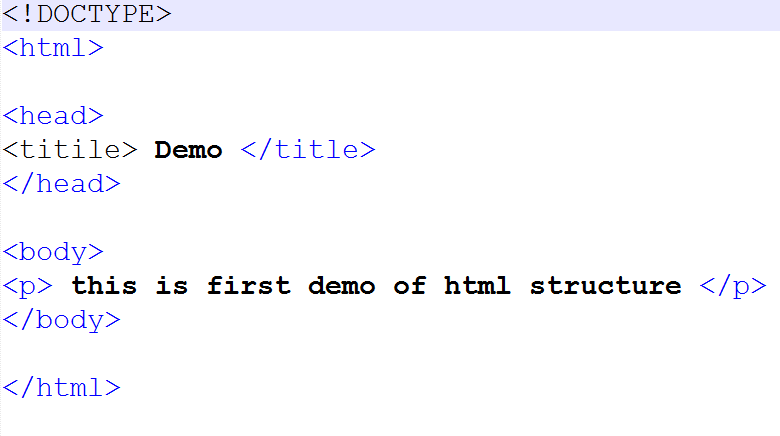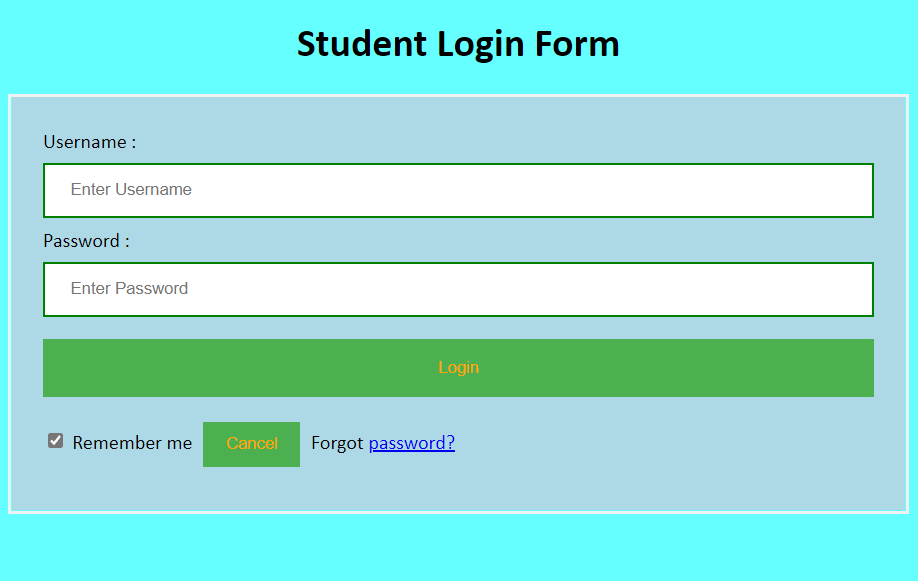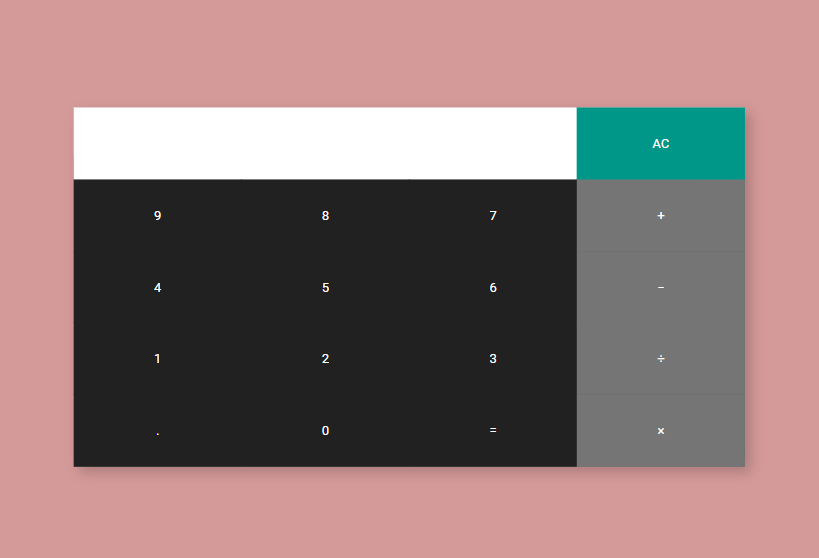Interesting HTML Project Ideas & Topics For Beginners.

HTML is a powerful coding tool for Web development. It is used along with CSS to design and build
websites.
So, it goes without saying that if you wish to make it big in the domain of Web development, you
must get
your base right – learn HTML. Thankfully, HTML has one of the simplest learning curves, and you
don’t even
need any prior programming experience to learn HTML!
Although it may seem daunting in the beginning, remember to progress by taking baby steps. The best
way to
learn a new language or a new skill is to practice as you learn. This holds particularly true for
programming. Thus, it is an excellent idea to build HTML projects to strengthen your professional
portfolio.




